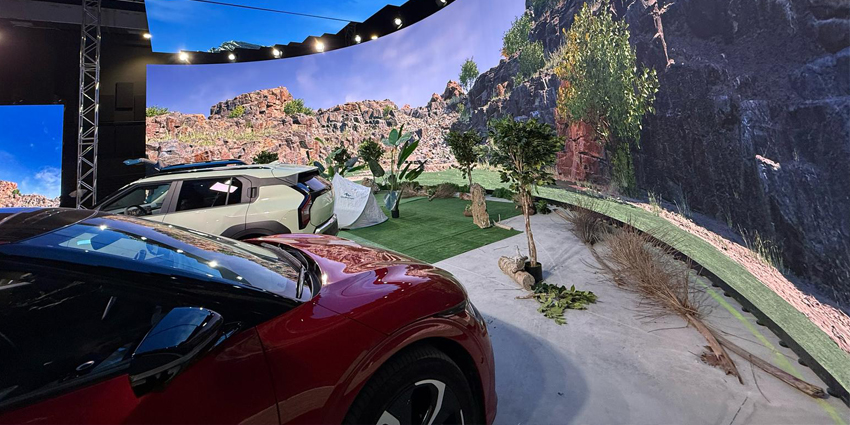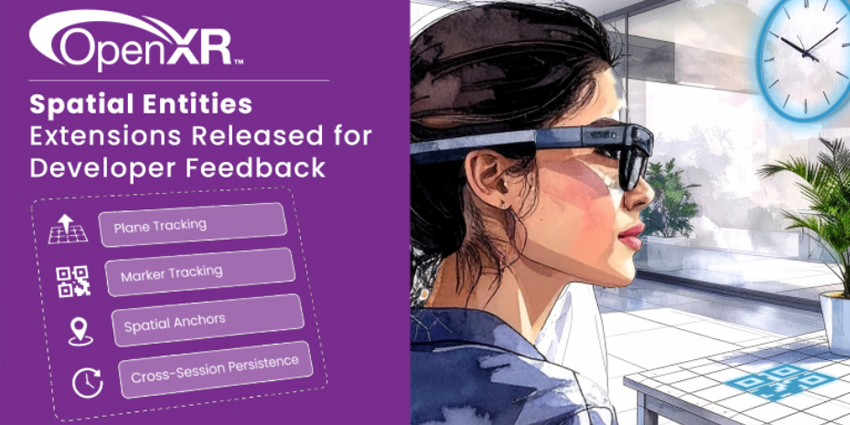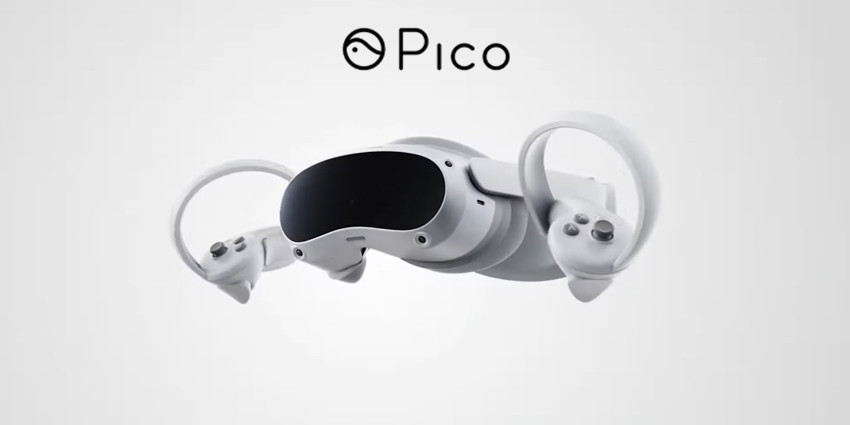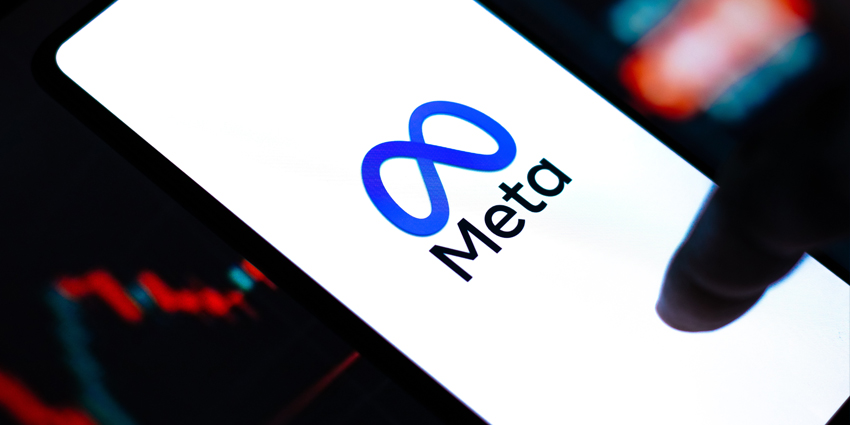Extended reality and Metaverse firms lack standardised metrics for measuring human behaviour in virtual environments based on current legacy data analytics, a new report on Monday has found.
Metrics such as attention and navigation were essential for six degrees of freedom (6DoF) immersive experiences, a report from Brighton, UK-based firm spanning 65 enterprises across the industry explained.
The report surveyed respondents from September last year to June to discuss findings across some of the world’s top firms, including Unity Technologies, HTC, manufacturers such as Jaguar Land Rover, and media firm Yahoo, among many others.
What’s the Deal on Data?
Respondents in the report stated they wanted to improve methods to monitor data to better “demonstrate business value,” Gorilla in the Room stated, who stated measuring behaviours across AR and VR was key to the growth of the Metaverse.
According to current metrics monitoring, 26 percent of respondents stated they relied on platforms such as Google Analytics to measure data such as location, clickthrough, visits, and social media activity.
“We need to have more of the data that shows people that XR is more effective than other approaches,” Barrowman added.
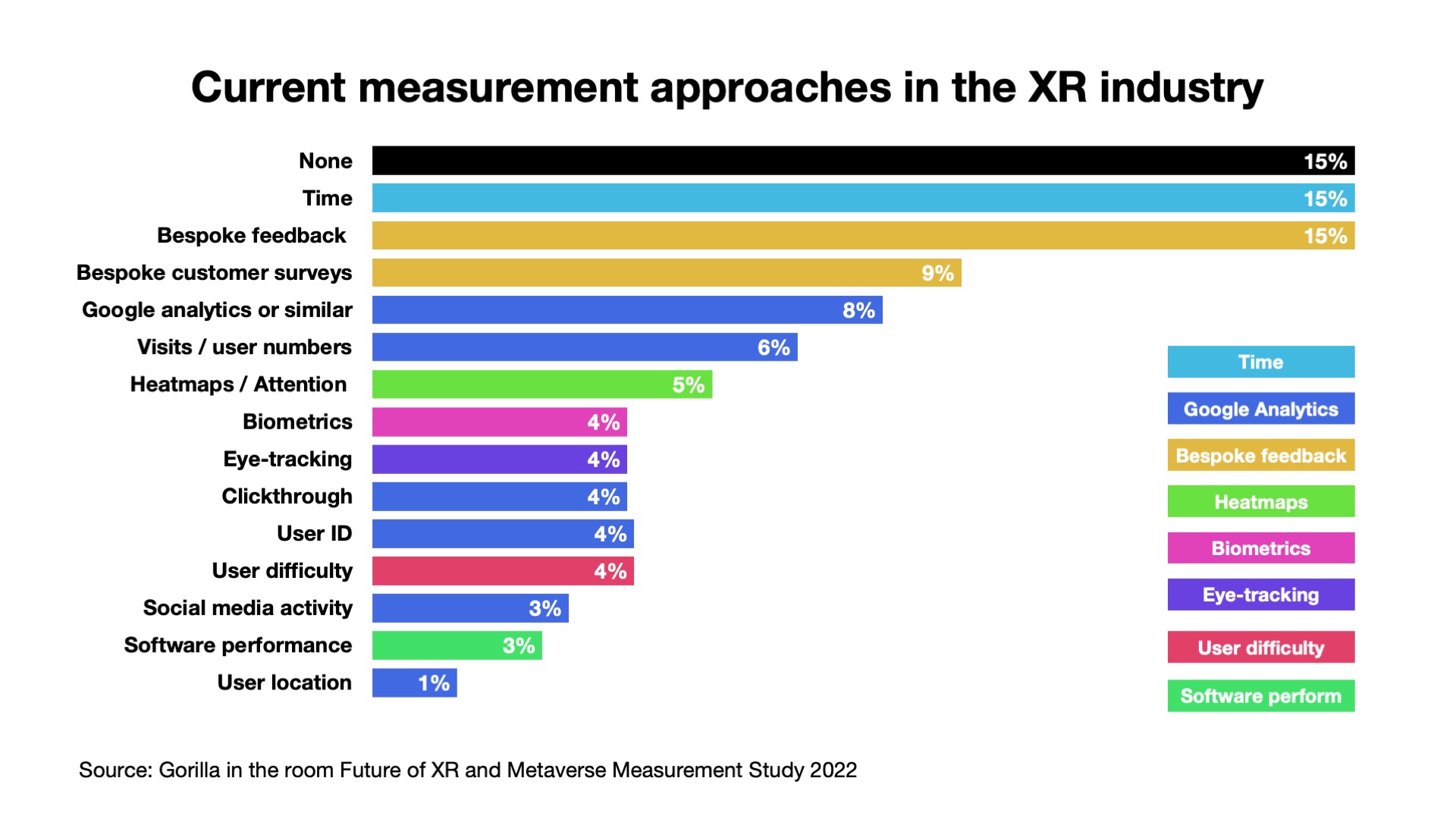
Despite this, such activity failed to show metrics for XR activity or determine how immersive experiences differed from typical 2D measurements.
Barrowman said that industry processes and KPIs went down “old paths of metrics” and revealed a “lack of maturity” in data collection processes.
24 percent of respondents added they had tracked specific actions as well as customer survey and polling data, but the report stated such data failed to diagnose how XR experiences changed human behaviour, adding self-reported data remained unreliable.
Other data sets such as biometrics, including breathing, pupil dilation, heart rates, and others, also lacked deeper empirical evidence, it stated.
Data Monitoring ‘At Scale’
Eye-tracking was not readily scalable, the report found, due to headsets requiring specialised software and hardware integrations. Other considerations included attention and navigation, which monitored cognitive processing and revealed results on how users view content and how it’s consumed.
Data and metrics on attention were scalable with current headset and handset technologies, the report noted. Navigation tracking also revealed a “significant divergence from legacy measures” due to the 6DoF mobility in immersive experiences compared with 2D interactions.
The report stated,
“The relationship between headset or handset devices and XR content experiences can be tracked using device sensors so this metric is also scalable across current platforms. Importantly, the relationship between people in shared Metaverse experiences, and their interconnected behaviours, necessitates accurate measurements of their movements in 3D space”
Jonathan Barrowman, Chief Executive of the firm, stated,
“XR data analytics haven’t kept pace with creative and technological advancements so the industry needs scalable metrics which are unique to 3D experiences as opposed to legacy 2D media”
Dr Alastair Goode, a Cognitive Scientist for Gorilla in the Room, added,
“Understanding how people move through XR experiences, what they look at, and how immersion is measured, requires new solutions which don’t replicate the mistakes made in consumer and media research”
XR Firms Secure Next-Gen Tracking Tools
The report comes amid a series of partnerships and buyouts among global tech firms, many of who plan to leverage cutting-edge hand and eye tracking tools to boost features on their devices.
Sony Interactive Entertainment announced in early July it had partnered with eye-tracking firm Tobii for tracking technologies for its upcoming PSVR 2 headset in a bid to enhance immersive gaming, namely by allowing freedom of movement without handheld controllers.
VR headset leaders Meta Platforms debuted a demo of its latest tracking tools in August, which provided similar functionalities as the PSVR 2’s controllerless navigation for its Presence Platform software development kit (SDK), allowing users could explore immersive worlds using just their hands.
Nreal’s latest update in August included hand and eye tracking enhancements to navigate adverts used by major companies such as L’Oreal, Gucci, Adidas, and others. Additional firms such as Finland’s Varjo Technologies also created novel tracking tools for some of the world’s most complex professionals, including pilots and remote collaborators using the Helsinki-based firm’s Teleport platform.



